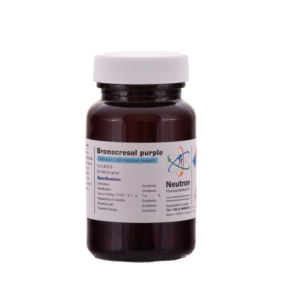Starch, or amylum, is a polymeric carbohydrate composed of numerous glucose units joined by glycosidic bonds. It is produced by most green plants as an energy reserve and is the most common carbohydrate in the human diet, present in staple foods like wheat, potatoes, maize, rice, and cassava.
Synthetic Starch
A cell-free chemoenzymatic process has been developed to synthesize starch from CO₂ and hydrogen, achieving a rate ~8.5 times higher than maize starch synthesis.
Biosynthesis
Starch is synthesized in plant plastids (amyloplasts and chloroplasts) through a complex process involving glucose-1-phosphate conversion to ADP-glucose, catalyzed by various starch synthases and branching enzymes. Multiple proteins (e.g., MFP1, PTST2, SS4, etc.) regulate granule initiation and growth.
Properties
Pure starch is a white, tasteless, odorless powder, insoluble in cold water or alcohol. It consists of two main molecules: amylose (linear) and amylopectin (branched), typically comprising 20–25% and 75–80% of starch by weight, respectively.
🧪 Applications
• Food industry: Used to produce sugars and ethanol (e.g., beer, whisky, biofuels), and as a thickening agent.
• Non-food industry: Used in paper adhesives, textile sizing, oil drilling fluids, packing materials, spray powders in printing, baby powders, and bioplastics.
• Pharmaceuticals: Acts as an excipient, disintegrant, and binder. Synthetic amylose is also studied for drug delivery.
⚠️ Safety
In the U.S., OSHA has set the permissible exposure limit (PEL) for starch at 15 mg/m³ (total) and 5 mg/m³ (respirable) over 8 hours. NIOSH recommends 10 mg/m³ total and 5 mg/m³ respirable limits.



